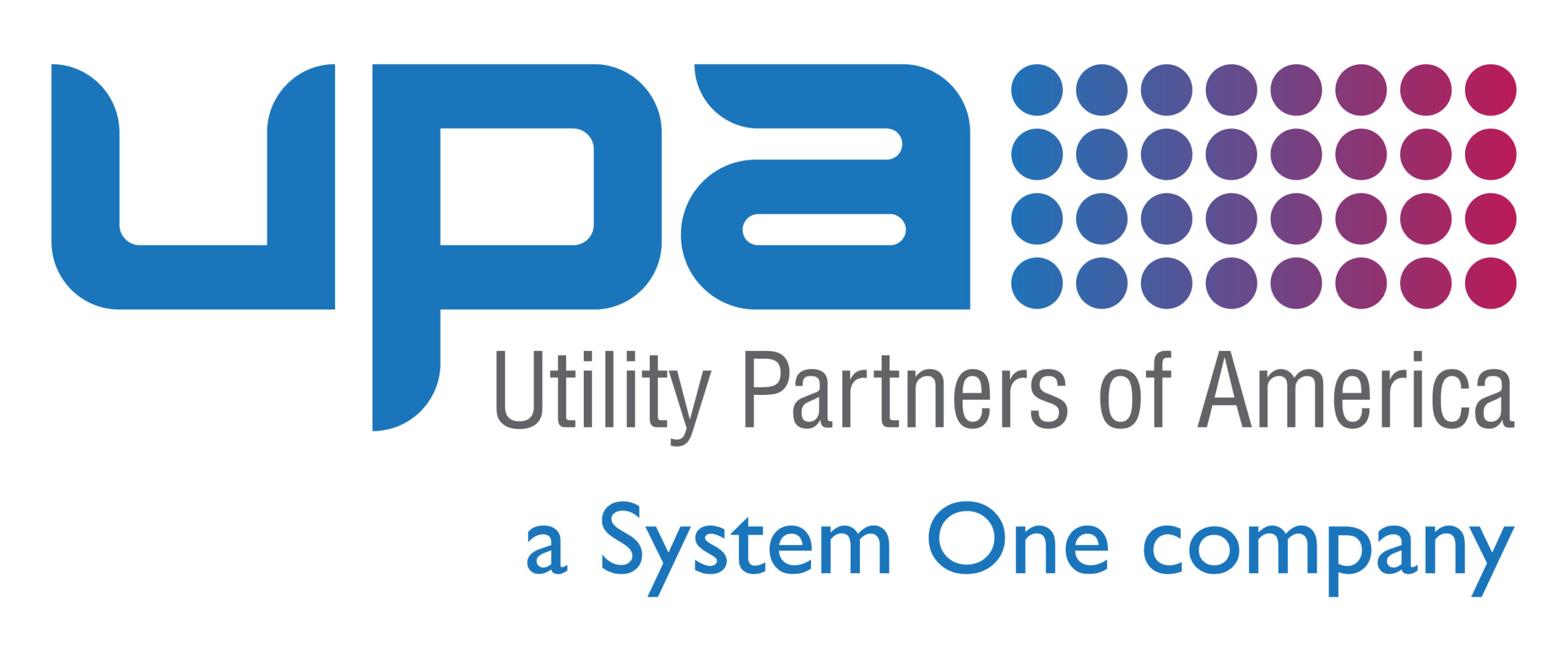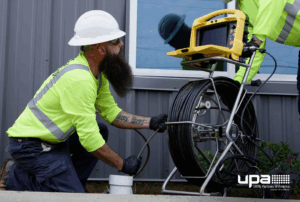Utility companies have a lot going on all at once. They generate and deliver much-needed resources like electricity, gas, and clean water. Their office-based operations like customer service and billing also play critical roles. With so many different plates spinning at one time, successful organization and preparation are the keys to ensuring nothing slips through the cracks.
While there may not be functional similarities between all projects, there is a common thread. Completing projects can be made easier through the use of a project plan. If you’ve been considering implementing a project plan for your utility, you’ll want to keep reading as we dive into what belongs in a project plan.
Related: Win in Procurement Management
Identify all project stakeholders, roles & responsibilities
Before you can get down to the nuts and bolts of any project plan, you’ll need to identify and list the involved stakeholders. Keep in mind that project stakeholders span beyond just the employees working on the project. Other stakeholders to consider are your customers, company leaders who will review ongoing project success, and those who oversee the budget.
Related: Scope of Work Contract: How To Create One
Now that you know who is involved, you’ll need to determine what each person will be doing. Depending on the job, one employee may be responsible for multiple facets of a project. Communicate in explicit detail about what is expected from each stakeholder.
Related: Accountability Is Everyone’s Responsibility
Create realistic project goals and scope
Without goals, you’ll never know if your project was a success. But it’s vital that the goals you list are both realistic and measurable. If the goal of developing an online payment portal is to reduce the time customer service staff spend processing payments by phone, include a percent reduction target that you hope to meet. Such goals work hand-in-hand with the project scope and cover what a finished product might look like. Break larger goals into smaller steps with specific outcomes to measure success along the way.
Related: Smart Meters: Boon for Utilities and Their Customers
Define a budget
Most projects come with a cost. By defining a budget in your plan, you’re more likely to stick to it. And with the bottom line more important than ever, that’s a good thing. A robust project plan will break the budget down into stages. You can quickly rein in spending before it becomes a compounded problem.
Related:Five Tips to Avoid Budget-Busting Scope Creep
Produce a project schedule
Budget is obviously essential to track, but time is money. Stay on pace to complete a project as planned and avoid going over budget. A project schedule is an effective way to ensure the project is not lagging behind. This part of the project plan should list each individual activity or milestone, the stakeholder responsible for completing it, how long it’s expected to take, and the anticipated completion date. You’ll also want to add in testing before the project is live, how you intend to roll the project out, and how you will continually monitor the project. By listing activities in sequential order, you’ll have a good sense of where you are in the process at all times.
Related: Project Management: Keeping it Simple
Utility Partners of America can carry out your project plan
While these five steps are must-haves, there are plenty of other components that you may choose to include in a project plan, like potential risks, and how to communicate about the project and resources that are available to the utility. One resource you should consider is aligning with Utility Partners of America (UPA). We’ve been partnering with utility companies like yours for more than two decades and would love to tell you more about what we offer. For more information, don’t hesitate to contact us today.




